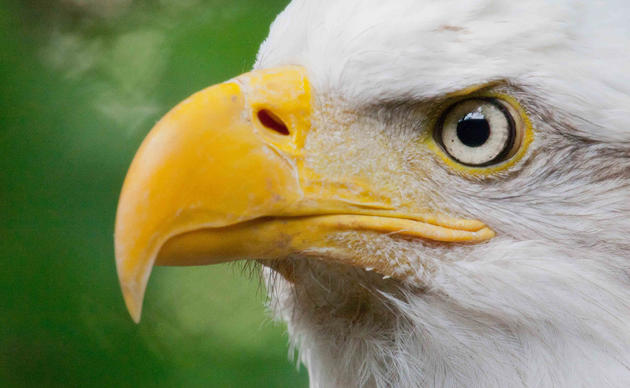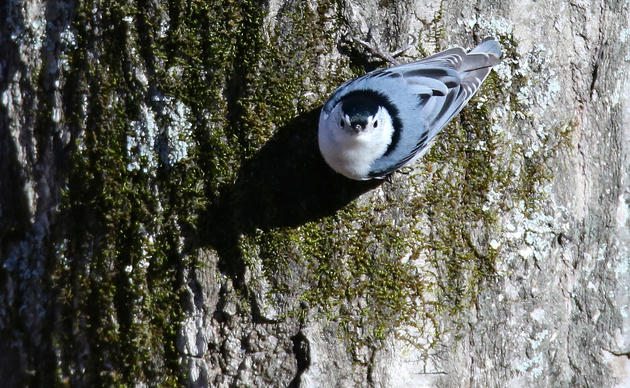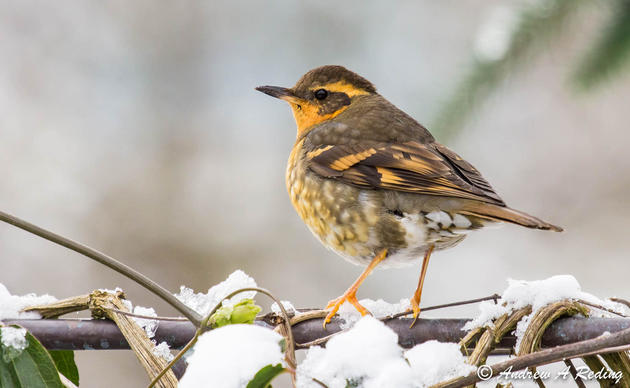Shoreline armoring is the practice of using physical structures to stop shoreline erosion and protect properties built along the water. Out of Puget Sound’s 2,500 miles of shoreline, close to 30% has been armored – and that doesn’t account for the proliferation of unpermitted structures. Armoring disrupts the natural exchange of sediment and nutrients between the land and water and harms Puget Sound’s beach habitats. These areas provide resting grounds and invertebrate prey for juvenile salmon and spawning habitat for forage fish, which in turn are critical prey for marine birds. While progress is being made to promote alternative approaches to shoreline armoring, the pace of new armoring, particularly unpermitted activities, continues to be a source of concern.
I recently participated in two workshops hosted by the Puget Sound Partnership and the Local Integrating Organization Coordinators on the root causes and potential solutions to the large numbers of unpermitted shoreline armoring sites on Puget Sound. The workshops, building on interviews with individuals and technical experts, convened tribal, public, and private stakeholders to explore potential solutions and identify the next steps. While there was a wealth of promising ideas put forward, I’ll focus on those that emphasized strong, data-driven monitoring and enforcement.
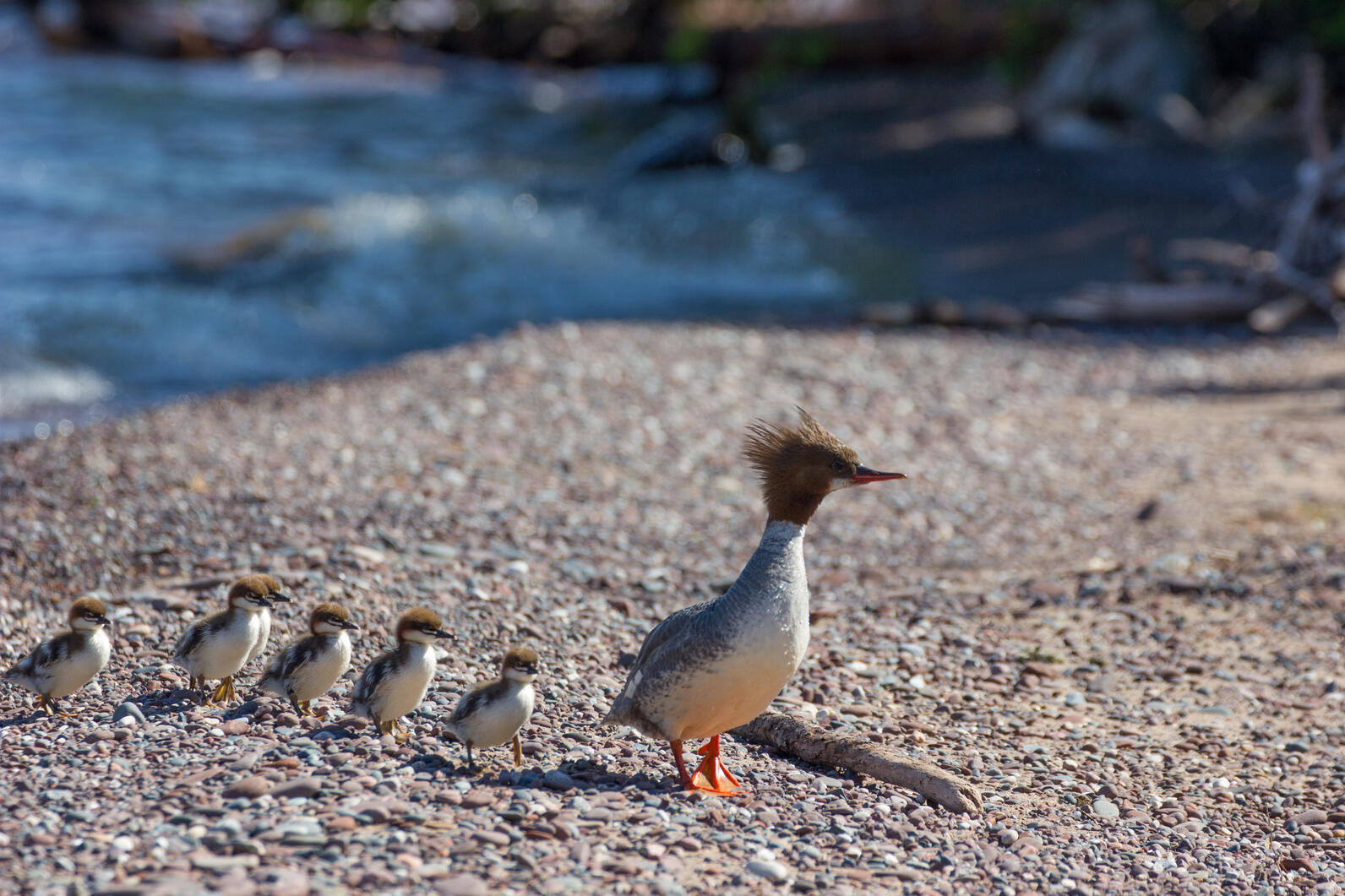
Improving Puget Sound shoreline conditions will require stronger enforcement and compliance with local and state permitting systems. A major barrier to implementation and enforcement of existing regulations is the lack of Sound-wide data on where armoring has been installed, and an understanding of the extent of unpermitted armor. Audubon advocated for a bill in the 2022 legislative session to create such a Sound-wide survey, adding on-the-water views (akin to a water-side Google street view) to existing aerial survey efforts.
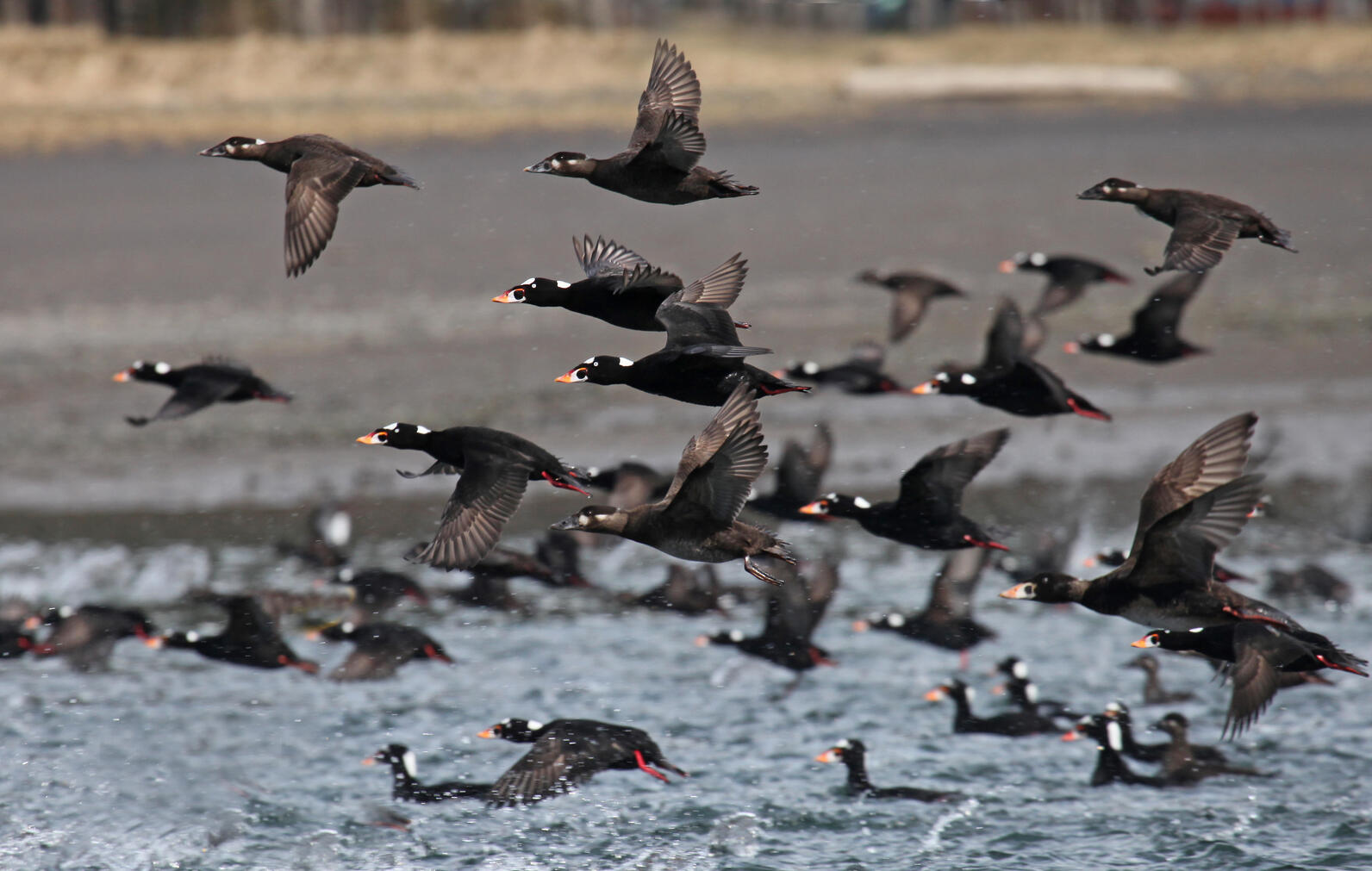
Up-to-date information on armoring activities and more resources for monitoring and enforcement will help us move towards healthier shorelines that benefit birds, people, and communities. Empowering our state’s Department of Fish and Wildlife with better tools for understanding and taking action to protect habitat is a critical part of Puget Sound recovery. Audubon is committed to working with Department of Fish and Wildlife and other shoreline stakeholders to support greater scrutiny and stricter conditions on shoreline armoring projects, and resources to pursue shore-friendly approaches.


